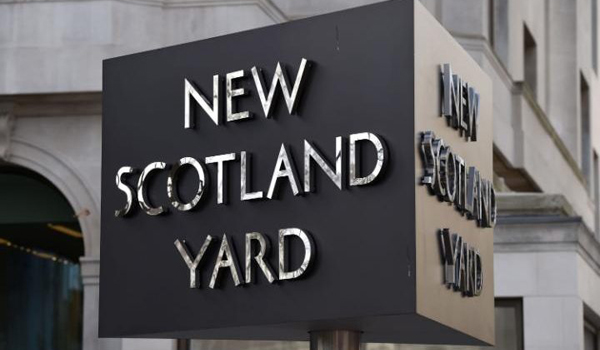Consolidating emergency response
Can the emergency services all live under one roof? Minister for Policing, Fire, Criminal Justice and Victims Mike Penning has said it no longer made sense to have different premises for police, fire and ambulance services.
Can the emergency services all live under one roof? Minister for Policing, Fire, Criminal Justice and Victims Mike Penning has said it no longer made sense to have different premises for police, fire and ambulance services.
And it certainly appears to be a question that has dominated budget thinking, as the latest round of bids to the Police Innovation Fund confirm.
More than £5 million was approved for the development a shared control centre with Warwickshire Police and the fire and rescue service.
In Lincolnshire almost £2.5 million was awarded to create an integrated tri-service emergency response; £590,000 was approved to develop a tri-service control centre in South Wales; and £740,000 was awarded to develop a joint contact, control and dispatch centre as part of Surrey/Sussex emergency services collaboration programme.
Jamie Wilson, responsible for public safety marketing for NICE Systems throughout EMEA, said there will inevitably be arguments that this is just another cost-cutting exercise; yet another hammer blow to emergency services.
But, putting politics aside, Mr Penning may have a valid point, he said in his recent industry blog.
In January, the Government published its report, Enabling Closer Working between the Emergency Services, which in part states: The Government is committed to supporting collaborative and innovative blue light working and has invested over £80 million in collaborative projects since 2013.
However, while there are already a number of good examples of joint working across the emergency services locally, levels of collaboration are not as widespread as they could be.
In the UK, maintaining separate control rooms for different emergency services has always been the norm, said Mr Wilson. However, as the Government report highlights, there are some good examples of remote interagency collaboration, even if the agencies cited dont physically co-exist together.
The report cites the collaboration between Hampshire Constabulary and Hampshire Fire and Rescue headquarters. Other examples include Hertfordshire, Bedfordshire and Cambridgeshire. These agencies are proactively working together to create a seamless flow of common data which will ultimately save millions more on IT and business support functions.
The bottom line is that while these examples of collaboration have produced positive results, we can do even better. Housing multiple emergency services under one roof will make a real difference to police officers, other emergency responders, citizens and taxpayers. Heres how.
Sharing costs and fully utilising scarce resources
It makes logical, economic and operational sense to merge control rooms, said Mr Wilson: Think of the savings relating to equipment, staff and real-estate. If you had the opportunity to build a greenfield control room today would you elect to house each emergency service in a different building, especially when so many incidents today require a fast coordinated response? Of course not.
Improving incident response and saving time
In addition to saving taxpayers money, Mr Wilson believes shared IT systems and shared space will improve response coordination and potentially save lives as well.
Technology is the bedrock of the modern-day control room from the IT and communications equipment, to secure data storage, call taking and dispatching software, recording equipment, quality monitoring solutions, and so on, he explained.
Technology standardisation has the potential to streamline information sharing and incident handling for a faster, fluid, more effective response.
Think of the time that could be saved in life and death situations when the barriers of distance and disparate technology are removed, and police, fire and ambulance are all working together under the same roof. And of course, in life or death situations, time is the most precious commodity.
Enhanced future coordination from joint debriefings
With emergency services all co-located under one roof an




